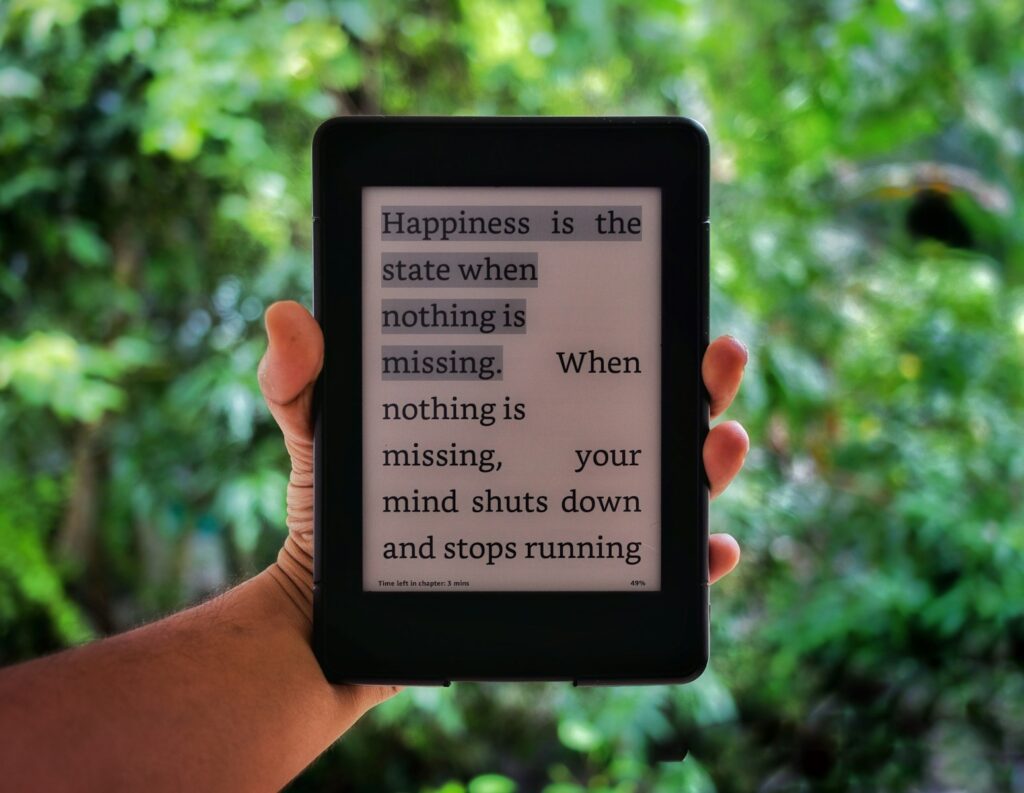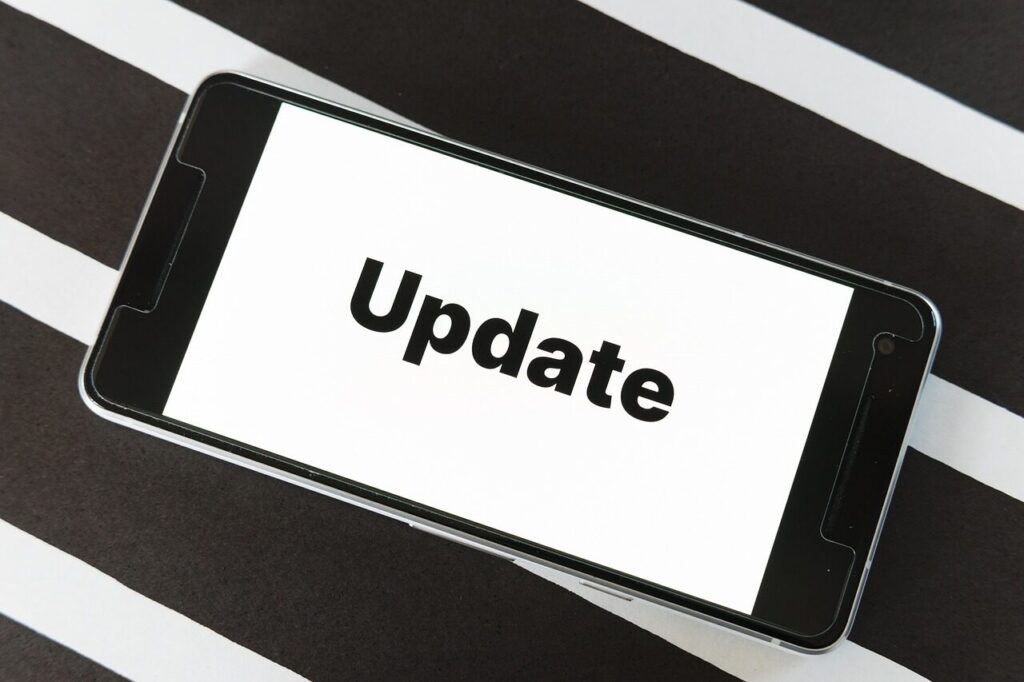Blogging can be one of the most powerful tools for building an online presence, but even seasoned bloggers sometimes make simple errors that drive readers away. From weak SEO practices to inconsistent posting, these mistakes can drastically cut your website’s visibility and audience reach. Understanding where bloggers go wrong is the first step toward correcting those habits and improving performance. Here are ten common blogging mistakes that can instantly reduce your traffic and how you can avoid them.
1. Ignoring SEO Basics

Many bloggers underestimate the importance of search engine optimization. Without proper keyword research, title tags, and meta descriptions, even great content may never appear in search results. SEO is not just about stuffing keywords but understanding how readers search for information. Failing to optimize content properly can make your blog invisible to potential readers, significantly reducing organic traffic over time and affecting growth and engagement levels on your site.
2. Posting Inconsistently

Consistency builds trust with your readers and signals reliability to search engines. When you post irregularly, audiences lose interest, and your site rankings can drop due to inactivity. Having a content calendar helps maintain a steady publishing rhythm, ensuring that your blog remains active and relevant. A predictable schedule encourages loyal readership, boosts your blog’s credibility, and prevents the loss of followers who crave regular updates and new information.
3. Neglecting Mobile Optimization

In today’s mobile-driven world, most readers access blogs through smartphones or tablets. A site that doesn’t adapt to different screen sizes frustrates visitors and increases bounce rates. Mobile-friendly design, responsive layouts, and fast-loading pages are essential. Ignoring mobile optimization sends a signal that your blog is outdated, leading users to leave quickly. Google also prioritizes mobile responsiveness, so failing to adapt can hurt your SEO and overall blog traffic significantly.
4. Overlooking Readability

Large text blocks, poor formatting, or overly complex language can discourage readers. Your content should be easy to scan, with short paragraphs, headings, and bullet points that improve clarity. A well-structured post invites longer visits and encourages engagement. Avoid long sentences or jargon that may confuse your audience. Readability directly affects how much time visitors spend on your page, influencing SEO and increasing your chances of higher rankings and better audience retention.
5. Ignoring Analytics

Publishing content without monitoring performance is like driving blindfolded. Analytics tools show which posts perform best, where traffic comes from, and what readers prefer. Ignoring this data prevents improvement and wastes valuable opportunities. Regularly reviewing your metrics helps refine strategies and identify weak areas. Understanding user behavior allows you to create content that meets reader expectations, improving engagement and attracting steady, loyal traffic that grows over time organically.
6. Not Promoting Enough

Many bloggers believe that writing is enough, but without promotion, even the best posts go unseen. Sharing content across social media, newsletters, and online communities expands visibility. Neglecting this step limits your reach drastically. Promoting your blog doesn’t require expensive ads; consistent sharing and interaction build awareness. The more you circulate your content, the more potential visitors discover it, increasing both readership and engagement steadily with time.
7. Writing for Yourself, Not Readers

Successful blogging is about solving readers’ problems, not just expressing personal opinions. If posts fail to connect with the audience’s needs, readers will stop visiting. Understanding your audience’s interests, questions, and struggles ensures that content remains valuable. Use reader feedback, comments, or surveys to guide future topics. When content genuinely helps readers, they’re more likely to return, share your posts, and help grow your blog’s traffic organically over time.
8. Neglecting Visuals

Text alone can make blogs feel dull and uninviting. Relevant visuals such as images, infographics, or videos capture attention and make your message clearer. Neglecting visuals reduces engagement and time spent on your site. Visuals also improve SEO by enhancing social sharing potential. A post with appealing graphics stands out and attracts more readers, making the overall reading experience enjoyable while helping your content rank better on image-driven platforms and search engines.
9. Failing to Update Old Posts

Old blog posts can lose relevance and ranking over time if left untouched. Regularly refreshing older content with updated information, better images, and improved keywords helps maintain traffic flow. Search engines reward updated content because it shows that a site remains active and valuable. Neglecting older posts allows competitors to outrank you easily. Keeping your archive fresh ensures that both new and returning visitors find reliable, up-to-date information every time.
10. Ignoring Engagement

Blogging is not a one-way communication channel. Ignoring comments, feedback, or reader questions makes your audience feel unheard. Interaction fosters community and builds trust, turning casual visitors into loyal readers. Responding to engagement signals appreciation and encourages discussions, which boost visibility. Every reply you post adds depth and value to your content. Failing to interact can make your blog seem impersonal, decreasing return visits and long-term traffic potential.
Comments